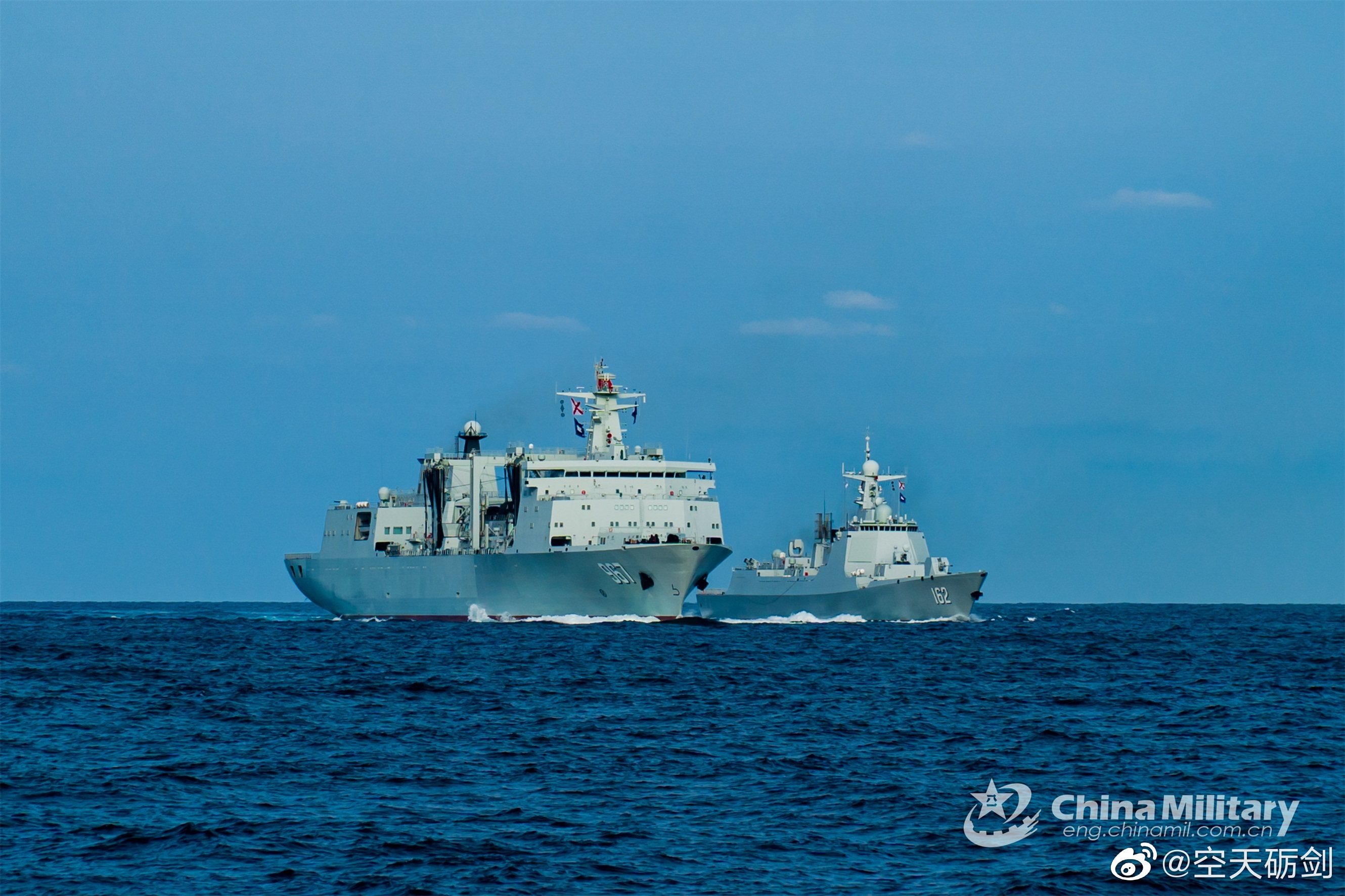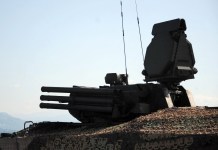Amid China’s war of words with NATO over Taiwan among other issues, the PLA Navy is conducting exercises with a new destroyer, The Nanning, in the South China Sea, according to reports.
The Nanning is a type of 052D guided-missile destroyer, which made its public debut in a four-day real combat training exercise in the South China Sea after it entered service with the People’s Liberation Army Navy (PLAN), South China Morning Post reported.
Meanwhile, Beijing hit back at NATO and asked it to halt its “China threat theory”. China’s remarks came in response to the NATO statement blaming the Asian country for posing “systemic challenges” to the rules-based international order.
The NATO statements targeting China, closely follow similar statements made at the G-7 summit, which raised alleged human rights violations in China’s Xinjiang province, Hong Kong, and China’s actions regarding Taiwan. Vowing to defend its sovereignty, China mentioned that the “days when global decisions were dictated by a small group of countries are long gone”.
At the end of the NATO summit in Brussels, the leaders stated that China’s actions undermine global order and that the country poses a constant security challenge. Putting forward their collective worries regarding the development of nuclear missiles by China, the summit statement said, “China’s goals and assertive behavior present systemic challenges to the rules-based international order and to areas relevant to alliance security”.
The NATO leaders also urged China to act responsibly in the international system. In their statement, the NATO countries highlighted that China’s constant upgrade of its nuclear arsenal and its growing space and cyber warfare abilities are worrisome.
The Chinese response came from the spokesperson of the Chinese Mission to the European Union (EU), who categorically denied that China presents “systemic challenges” to others.

China Locks Horns With NATO
The Chinese mission in EU argued that Beijing has “always pursued national defense policy, and has kept its military modernization legitimate, open and transparent”, state-owned Global Times reported.
The statement also asked NATO to not use China’s development and rights as pretexts to forge alliances and foster competition among China and other nations.
The Chinese mission further highlighted that the defense budget of the country is 1.35 trillion yuan or roughly $209 billion, which accounts for 1.3 percent of China’s GDP. On the other hand, the combined military spending of NATO is $1.17 trillion, which is “over half of the global sum and 5.6 times that of China”, the statement said.
Quoting statistics from think tanks in Sweden and the US, the mission pointed out that the NATO countries possess nuclear warheads in larger numbers when compared to those acquired by China.
It claimed NATO members currently possess as much as 20 times the nuclear warheads that of China. Stressing upon China’s commitment to abiding its “no first use” principle in the case of nuclear weapons, regardless of the time or circumstance, the Chinese mission questioned NATO to commit to the same principles. It also highlighted its commitment not to threaten to use its nuclear weapons against non-nuclear countries.
Targeting NATO on the increasing number of military exercises, the Chinese Mission said, ‘it is crystal clear to the world whose military bases stretch all over the world, and whose aircraft carriers are wandering around to flex their military muscle’.
The statement pointed out that the Chinese sovereignty and development interests will be strongly defended, and that the country will “keep a close eye on NATO’s strategic adjustments and policies toward China”.
How G-7 Cornered China
The G-7 issued the statements highlighting its concerns regarding human rights in China’s Xinjiang and in Hongkong. It was reported that during the G-7 summit, the US President had pushed for a statement against China on issues of forced labor and human rights abuses of the Uyghur Muslims and similar ethnic minorities in China’s Xinjiang Province. It was, however, pointed out that many countries refused to outrightly criticize China on the issue.
At the conclusion of the summit, the G-7 statement said, “We will promote our values, including by calling on China to respect human rights and fundamental freedoms, especially in relation to Xinjiang and those rights, freedoms and a high degree of autonomy for Hong Kong enshrined in the Sino-British Joint Declaration”.
The G-7 also pointed out the tensions prevailing in the Taiwan Strait and urged China to not make any attempts to change the existing status quo.
The origins of the Covid-19 pandemic remain another point of tension. The G-7 had also called for China’s collaboration in a “transparent, expert-led WHO convened” study into the origins of the virus.




